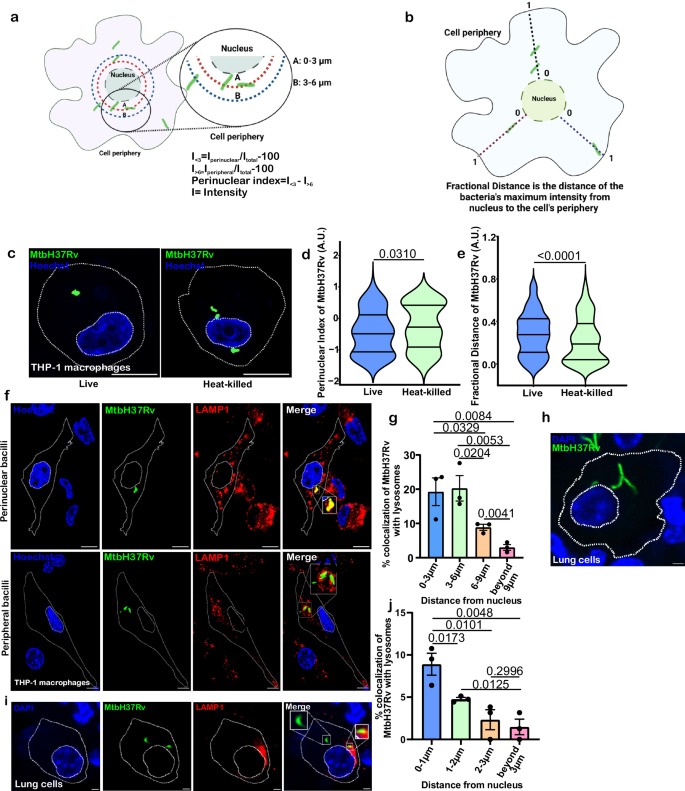Report on European Union Measures to Enhance Road Safety and Advance Sustainable Development Goals
The European Union has initiated several legislative measures to improve road safety, directly contributing to the United Nations Sustainable Development Goals (SDGs). These actions align with SDG 3 (Good Health and Well-being), specifically Target 3.6, which aims to halve global deaths and injuries from road traffic accidents, and SDG 11 (Sustainable Cities and Communities), particularly Target 11.2, which promotes safe and sustainable transport systems. This report details recent EU directives concerning driving disqualifications, probationary periods for new drivers, and cross-border enforcement of traffic rules.
EU-Wide Driving Licence Disqualifications
To ensure that drivers who commit serious offenses are held accountable across the Union, a new directive mandates that a driving licence disqualification issued in one member state is recognized and enforced throughout the EU. This measure is a critical step towards achieving SDG Target 3.6 by preventing dangerous drivers from posing a threat in other member states. The directive focuses on disqualification for severe offenses, including:
- Driving under the influence of alcohol.
- Excessive speeding, defined as 50 km/h or more over the speed limit.
- Causing a fatal road traffic accident.
The European Parliament is scheduled to vote on these rules in October 2025.
Probationary Period for Novice Drivers
In a further effort to reduce road traffic incidents and support SDG Target 3.6, separate regulations will introduce a mandatory probationary period of at least two years for all new drivers. During this period, novice drivers will be subject to stricter rules and sanctions, addressing a high-risk demographic. The enhanced regulations for this period include:
- Stricter sanctions for driving under the influence of alcohol.
- Penalties for failure to use safety belts.
- Penalties for failure to use child-restraint systems.
These rules will also be presented for a parliamentary vote in October 2025.
Enhanced Cross-Border Enforcement of Traffic Rules
Addressing a significant enforcement gap where approximately 40% of cross-border offenses went unpunished in 2019, the EU updated its rules in 2024 to improve inter-state cooperation. This enhancement is vital for creating the safe and sustainable transport systems envisioned in SDG Target 11.2. The updated framework establishes clearer procedures for accountability.
- The country where a vehicle is registered must assist in identifying the offending driver within two months of receiving the necessary information.
- The country where the offense occurred may request the driver’s home country to collect the associated fine.
Furthermore, the scope of offenses covered by these cross-border enforcement rules has been expanded to include a wider range of dangerous behaviors, such as:
- Dangerous parking
- Unsafe overtaking
- Crossing a solid line
- Ignoring vehicle access restrictions
- Violating rules at railway crossings
- Driving the wrong way
- Operating an overloaded vehicle
- Hit-and-run incidents
Analysis of the Article in Relation to Sustainable Development Goals
-
Which SDGs are addressed or connected to the issues highlighted in the article?
The article on new EU measures for safer roads directly addresses and connects to the following Sustainable Development Goals (SDGs):
-
SDG 3: Good Health and Well-being
This goal aims to ensure healthy lives and promote well-being for all at all ages. The article’s central theme of improving road safety through stricter enforcement and new rules is fundamentally about preventing accidents, which in turn reduces injuries and fatalities, directly contributing to public health and well-being.
-
SDG 11: Sustainable Cities and Communities
This goal includes making cities and human settlements inclusive, safe, resilient, and sustainable. A key component of a safe and sustainable community is a safe transport system. The EU measures described, such as penalizing dangerous driving and ensuring better enforcement of traffic rules, are designed to create safer road environments for all citizens.
-
SDG 16: Peace, Justice and Strong Institutions
This goal focuses on promoting peaceful and inclusive societies, providing access to justice for all, and building effective, accountable, and inclusive institutions. The article highlights efforts to strengthen cross-border legal cooperation and enforcement mechanisms. By ensuring that traffic offenses are punished regardless of where they occur in the EU, the new rules aim to build more effective and accountable justice systems and strengthen the rule of law across member states.
-
-
What specific targets under those SDGs can be identified based on the article’s content?
Based on the article’s content, the following specific SDG targets can be identified:
-
Target 3.6: Halve the number of global deaths and injuries from road traffic accidents.
The article directly supports this target by introducing measures aimed at reducing the most severe traffic offenses. The focus on disqualifying drivers for “drink-driving, excessive speeding… or causing a fatal accident” and imposing stricter rules on new drivers is explicitly designed to prevent the behaviors that lead to the highest number of road traffic deaths and injuries.
-
Target 11.2: Provide access to safe, affordable, accessible and sustainable transport systems for all, improving road safety.
The article’s entire focus is on the “improving road safety” component of this target. The EU-wide driving disqualifications, probationary periods for novice drivers, and better cross-border enforcement of rules against “dangerous parking, unsafe overtaking, crossing solid lines,” and “hit-and-run accidents” are all concrete actions to make the transport system safer for everyone.
-
Target 16.6: Develop effective, accountable and transparent institutions at all levels.
The article describes a direct effort to make institutions more effective and accountable. The text notes that previously, “around 40% of cross-border offences were not punished.” The new rules, which mandate that a country must help identify an offender within two months and can request the home country to collect fines, are designed to close this institutional gap and create a more effective and accountable system for enforcing traffic laws across the EU.
-
-
Are there any indicators mentioned or implied in the article that can be used to measure progress towards the identified targets?
The article mentions or implies several indicators that can be used to measure progress:
-
Indicator for Target 3.6: Death rate due to road traffic injuries.
While the article does not provide specific statistics on death rates, it explicitly mentions “causing a fatal accident” as a reason for licence disqualification. The success of these new measures would be measured by a reduction in the number of road traffic fatalities and injuries, which directly corresponds to this official SDG indicator.
-
Indicator for Target 16.6: Percentage of unpunished cross-border traffic offenses.
The article provides a clear baseline metric by stating, “In 2019, around 40% of cross-border offences were not punished.” An explicit indicator of the new rules’ success would be a significant reduction in this percentage. Tracking this figure over time would measure the effectiveness of the improved cross-border cooperation and enforcement mechanisms.
-
Implied Indicator: Number of EU-wide driving disqualifications enforced.
The new directive ensures that when a country disqualifies a driver, the penalty is enforced “across the EU.” An implied indicator of the system’s effectiveness would be the number of such disqualifications that are successfully communicated and enforced by the member state that issued the licence, demonstrating improved institutional cooperation.
-
-
Create a table with three columns titled ‘SDGs, Targets and Indicators” to present the findings from analyzing the article.
SDGs Targets Indicators SDG 3: Good Health and Well-being Target 3.6: Halve the number of global deaths and injuries from road traffic accidents. - Number/rate of deaths and injuries from road traffic accidents (implied by the focus on preventing fatal accidents and serious offenses).
SDG 11: Sustainable Cities and Communities Target 11.2: Provide access to safe…transport systems for all, improving road safety. - Reduction in dangerous driving incidents (e.g., speeding, unsafe overtaking, drink-driving) as a measure of improved road safety (implied).
SDG 16: Peace, Justice and Strong Institutions Target 16.6: Develop effective, accountable and transparent institutions at all levels. - Percentage of cross-border traffic offenses that are punished (directly referenced by the “40% of cross-border offences were not punished” statistic).
- Number of EU-wide driving disqualifications successfully enforced across member states (implied).
Source: europarl.europa.eu







